Busby's Bore
Although Busby declared that the project could be completed in three years, the deadline came and went with no end in sight. The bore was built by convict labour between 1827 and 1837, stretching 3.6-kilometres long and 1.2 to 1.5 metres wide through mostly solid rock.
When the diggers struck sand, the walls of the tunnel had to be cemented and lined with masonry from rock quarries at Pyrmont. During construction, a number of shafts and wells were tapped into the bore, including those in Victoria Barracks in Paddington. Here military prisoners hauled the water 22 metres to the top of the shaft using two 55 litre buckets.
At the time, Governor Richard Bourke was unimpressed and put the delay in completing the tunnel down to poor supervision of the convict workers. He reported to London that dealing with unruly labour was perhaps 'a duty incompatible with Mr Busby's age and infirmities'.
Governor Bourke added that he had little confidence in Busby's professional skill and appointed Busby’s son, William, as the overseer whose wage was deducted from his father's salary.
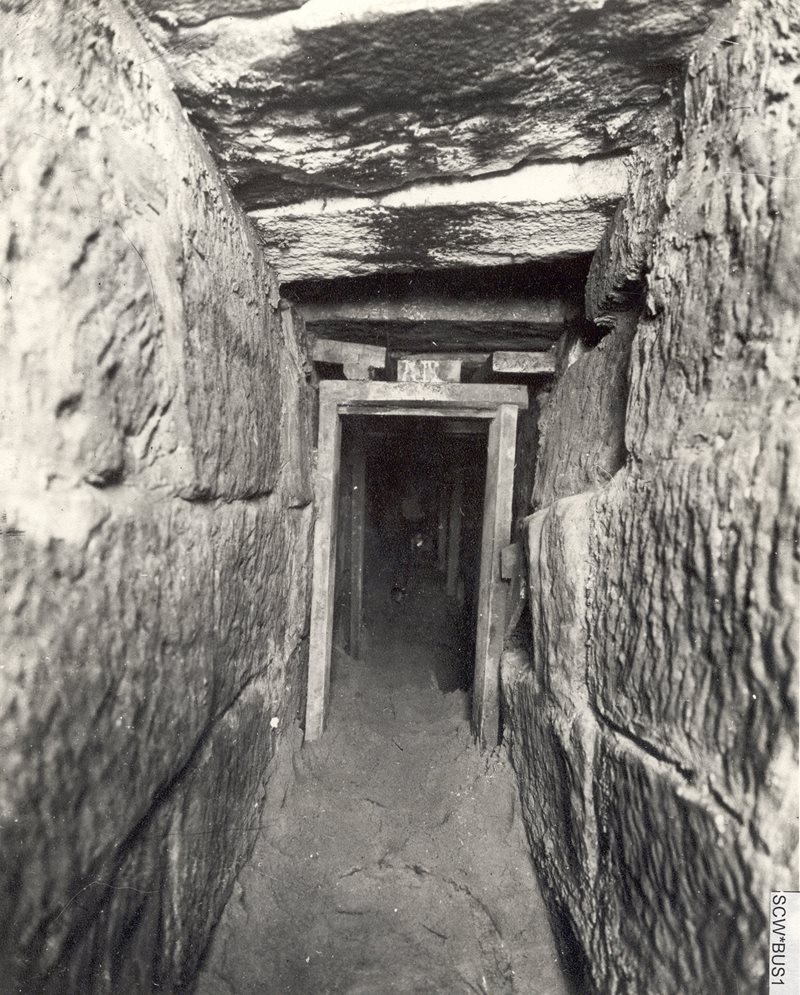 Inside Busby's Bore near Oxford Street.
Inside Busby's Bore near Oxford Street.
Drought hits
As work progressed, seepage springs were tapped and supplied drinkable water to the public by means of a pipe carried on trestles a short distance into Hyde Park where water carts could be filled.
In 1837, the year that the tunnel was completed, a drought blasted Sydney and the supply through the tunnel faltered.
”Great distress exists in Sydney, especially at the northern end, in consequence of the scarcity of water. The stream from the pipes at the Racecourse is very small; so small that the men cannot fill the water carts without waiting four or five hours for a turn. Threepence per bucket is the price now asked, a heavy tax upon poor people.” The Herald of 5 November 1838.
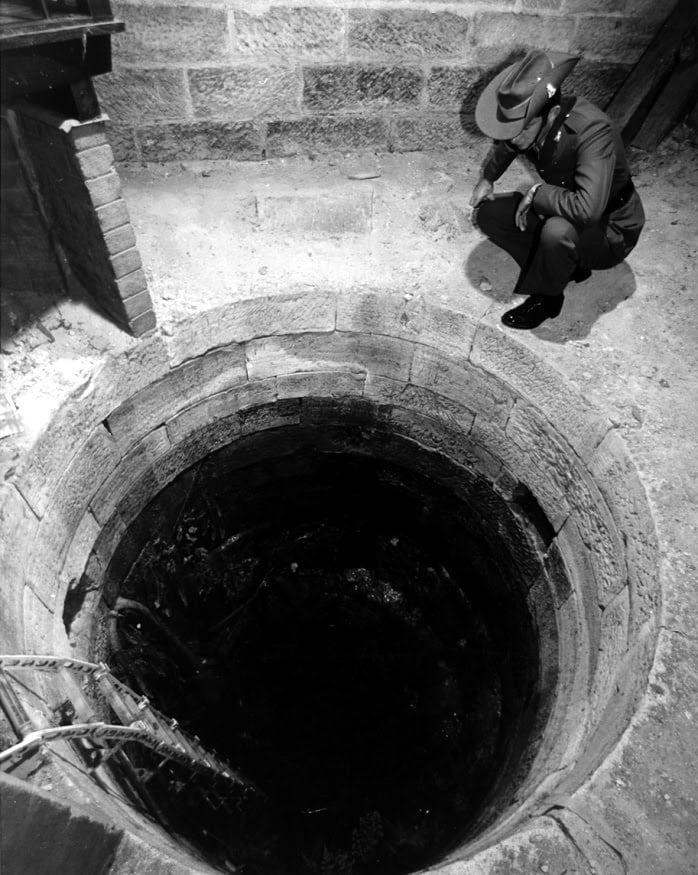 Victoria Barracks shaft in Paddington.
Victoria Barracks shaft in Paddington.
Construction woes
In 1872 the bore was explored, measured and cleaned for the first time - returning the tunnel flow to about 4.5 megalitres per day. The surveyors were no doubt startled by what they found. The tunnel varied in size from about a one-by-one metre passage to caverns nearly three metres high.
On the surface, the tunnel’s distance measured 1.8 km; underground it measured 3.3 km. Six exploratory drives or dead-end spurs were found, ranging from 10 to 160 metres in length.
“Mr. Busby's workmen were all gentlemen under permanent engagement to the government, having been transferred to the Colonial field of labour by the Imperial Government, who were their former employers.
These gentlemen were, in the main, most disagreeable. In fact, they were so disagreeable that Mr. Busby never cared to go down into the tunnel to direct the work. Instead, he had to rely on progress reports supplied by the less disagreeable members of his working staff. He could, therefore, only approximately fix the lines of the tunnel.
His instructions were given in the light of the information supplied him. Whether the gentlemen below followed his instructions, or the lines of least resistance, does not appear, but the tunnel zigzags about and rises and dips in an extraordinary way. A fine ten years' work.” An unknown journalist wrote disgustedly in 1903.
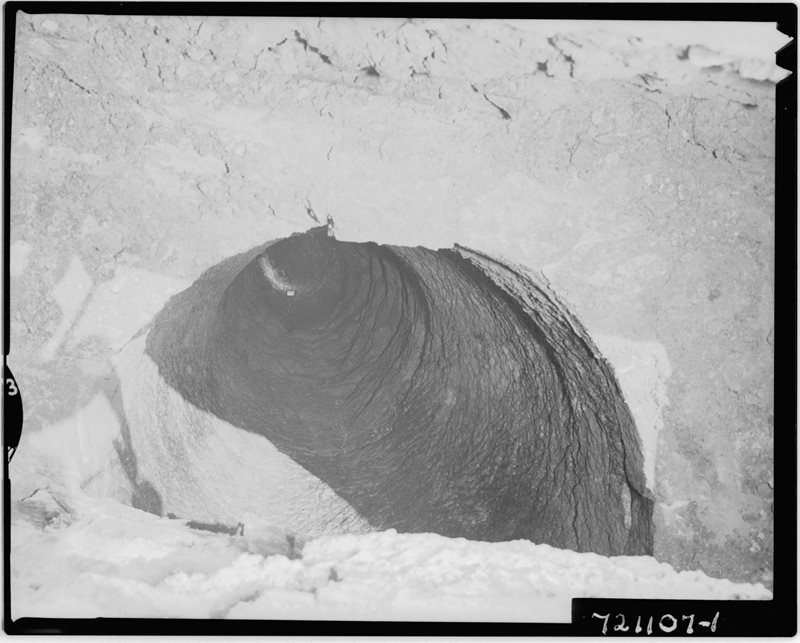 Most of the tunnels were carved through solid rock.
Most of the tunnels were carved through solid rock.
Replacing the bore
Busby would later claim that if he had taken a contract for the project and had at his disposal proper equipment, skilled labourers and proper overseers, he could have finished it in half the time. An investigating commission agreed and recommended that £1,000 be paid to Busby as a gratuity in addition to his salary arrears.
In the 1840s, construction began on the city’s first water reticulation pipes, laid down from the bore to various parts of the township. This water supply was replaced in 1858 by a water pumping scheme and then in 1886 by the Nepean scheme.
In 1859, the Botany System took over as the primary source of supply but Busby’s Bore continued to serve parts of the city and Woolloomooloo. Increasing pollution of the water meant that Busby’s Bore was limited to flushing creeks and ponds in what is now the Royal Botanic Garden Sydney.
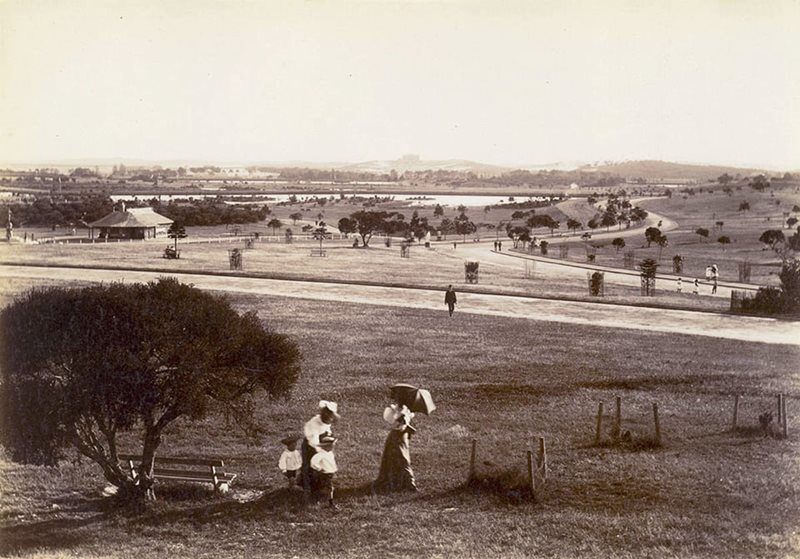 Centennial Park circa 1890.
Centennial Park circa 1890.
Protests and pollution
One August morning in 1881, the office of the City Engineer, Mr Trevor Jones, was besieged by an angry crowd of Woolloomooloo citizens, each with a small bottle of water smelling of carbolic. The citizens accused the Council of disinfecting them against the smallpox epidemic then raging. In fact, rainwater had washed traces of tar from tram tracks in lower Oxford Street into the tunnel, tainting the water.
Over the years, Busby's Bore has proved too much of a temptation to dumpers of rubbish. In 1849, a courier was fined 4 and a half shillings (£13 today) for dumping 200 tonnes of sewage near the mouth of the tunnel during the middle of the night.
In 1910, workmen at the showground polluted the Botanic Gardens water supply by shoving cattle droppings into one of the shafts and during the first World War soldiers tossed their rifles down one of the shafts as a protest.
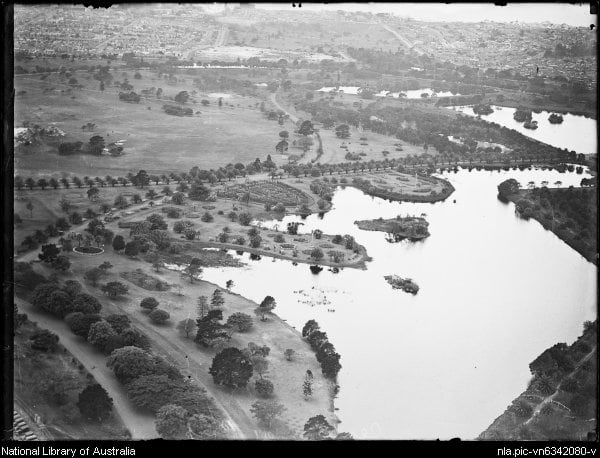 Aerial view of Busbys Pond in Centennial Park circa 1930.
Aerial view of Busbys Pond in Centennial Park circa 1930.
The bore today
The tunnel is no longer used today but it is still mostly intact and was entered in the NSW State Heritage Register in 1999.
There is an entry shaft at Victoria Barracks and you can still walk through parts of the tunnel if the water level is right which is not advised due to the hazardous conditions but from time to time it is open to the public.
The springs that fed the original supply are still there and tend to fill up the tunnel for most of the year. In 1934 a Water Board's inspector was overcome by gas given off from the black mud which he disturbed while inspecting the stretch of tunnel between Riley and College Streets. He was revived after two hours resuscitation at Sydney Hospital.
Busby’s Bore was the first engineered water scheme in Australia and a major engineering feat of its time. To learn more about the heritage significance of Centennial Parklands visit our history page here.
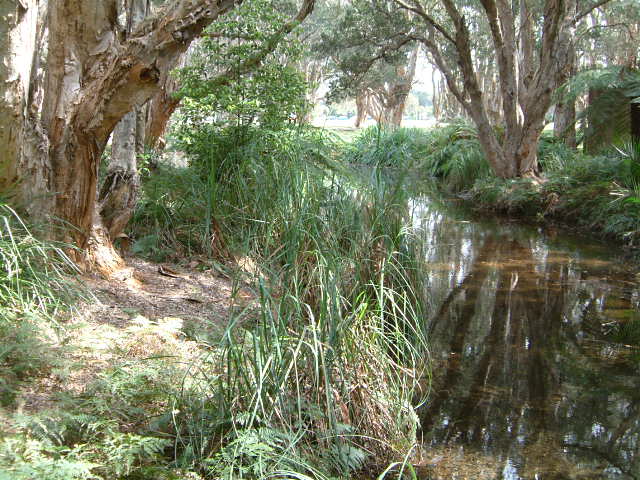 Visitors to the Park can still see Lachlan's Swamp, one of Sydney's original sources of drinking water.
Visitors to the Park can still see Lachlan's Swamp, one of Sydney's original sources of drinking water.
 Busby's Pond in Centennial Park was named after John Busby.
Busby's Pond in Centennial Park was named after John Busby.